The Philippine gambling industry operates within a structured but complex regulatory framework, with multiple entities overseeing different aspects of gaming. While legal, state-regulated gambling platforms thrive, underground gambling networks continue to exist, shaping the broader betting environment. Understanding these structures is essential to navigating the evolving landscape of both traditional and online betting.
PAGCOR Regulates Casinos and Online Betting
The Philippine Amusement and Gaming Corporation (PAGCOR) is the chief regulatory body overseeing casinos, integrated resorts, and online gaming platforms. As a state-run corporation, PAGCOR plays a dual role – it licenses gaming establishments and operates its gaming businesses, contributing a significant portion of revenue to national development projects.
- PAGCOR is responsible for issuing land-based and online gambling operators’ licenses and enforcing compliance with national gaming laws.
- The agency has ramped up efforts to crack down on illegal online gambling platforms, which continue to attract unregulated activity.
- PAGCOR generates revenue for education, healthcare, and infrastructure development, reinforcing its economic importance.
However, while PAGCOR controls regulated online betting platforms, it does not oversee all gambling activities in the Philippines.
PCSO Oversees State-Sanctioned Lotteries and Sweepstakes
Separate from PAGCOR, the Philippine Charity Sweepstakes Office (PCSO) manages lotteries, sweepstakes, and Small Town Lottery (STL) operations. Unlike casinos and online betting, which fall under PAGCOR’s jurisdiction, PCSO exclusively handles lottery-based gambling.
- PCSO operates Lotto, STL, Keno, and scratch-card games, which are widely played nationwide.
- Some of PCSO’s revenue funds public health programs, medical assistance, and disaster relief efforts.
- Many Filipino bettors prefer PCSO-backed games because they are backed by the government, have regulatory oversight, and contribute to social welfare.
PCSO’s focus on lottery and sweepstakes means it does not oversee or profit from the growing digital betting industry, which falls under PAGCOR’s jurisdiction.
Illegal Gambling Remains a Shadow Market
Despite government oversight, unregulated gambling activities remain deeply ingrained in certain regions, particularly in lower-income and rural communities. Underground betting networks, such as Jueteng, Masiao, and Sakla, continue to attract players who prefer informal wagering over state-sanctioned alternatives.
- Jueteng, an illegal numbers game, is widespread and operates outside government control.
- Masiao, another underground lottery, thrives in Visayas and Mindanao.
- Sakla, a card-based gambling game, is frequently played at wakes and community gatherings despite legal restrictions.
These informal games persist due to the following:
- Accessibility in rural areas where formal gambling establishments are scarce.
- Perceived fairness due to community-driven prize distribution.
- A reliance on cash-based transactions, avoiding the digital footprint required by legal betting platforms.
How This Framework Shapes Gambling Preferences
The interplay between regulated gambling, state lotteries, and illegal gaming influences how and where Filipinos place their bets.
- Traditional gamblers prefer PCSO-regulated games due to their legitimacy and social impact.
- Skepticism toward online gambling is fueled by concerns over fraud, scams, and lack of oversight.
- The rise of e-wallets is driving gambling toward cashless transactions, but many lower-income players still rely on informal, cash-based betting.
For brands, gaming operators, and financial service providers, navigating this landscape requires balancing digital innovation with credibility. Establishing transparency, security, and regulatory compliance will be critical in shaping the future of gambling in the Philippines.
A High-Stakes Shift in Filipino Gambling Habits
Gambling in the Philippines has moved beyond casinos and betting halls. Mobile platforms and digital payments have broadened access, attracting a diverse range of players across ages and income levels. Yet, despite the digital surge, traditional gambling remains deeply woven into the routines of Filipino bettors.
Who Are the Players?
Gambling in the Philippines is still largely male-dominated, with nearly two-thirds of bettors being men. Yet, participation cuts across generations – from young adults to seniors – highlighting its dual role as a form of entertainment and a potential financial opportunity.
A striking finding from our study is the high participation of non-earning individuals – homemakers and the unemployed make up 18% of gamblers. For many, gambling isn’t just a pastime; it’s seen as a potential source of income despite the inherent risks.
More than half of Filipino gamblers come from lower-income households, earning between PHP 9,000 and PHP 18,200 a month. This underscores how gambling is often fueled by economic aspirations, with many hoping for a financial windfall.
What Drives Filipinos to Gamble
The motivations behind gambling in the Philippines extend beyond entertainment. For many players, betting represents a chance to win big, a way to engage socially, or even a financial strategy during economic uncertainty. Understanding these motivations is critical for brands, gaming operators, and financial service providers looking to navigate shifting consumer betting behaviors.
Winning Is the Primary Driver
Across traditional and online gambling, the biggest motivator for Filipino players is the prospect of high rewards. The possibility of achieving financial gain is the primary motivator for gambling, especially among those with lower incomes, for whom a single win could be life-changing. While entertainment is still a factor, it is secondary to the allure of potential wealth.
Dual Players Show a Clear Preference for Online Betting
Among those who engage in both traditional and online gambling, our findings reveal a clear inclination toward digital platforms. 65% of dual players prefer online games over their traditional counterparts. The reasons behind this shift point to the strengths of digital gambling.
However, the remaining 35% of dual players still prefer traditional gambling, citing factors such as trust and reliability, competitiveness and cost considerations.
The Expanding Digital Divide in Gambling
Despite the surge in digital gambling, a clear divide remains. Younger players and those in Metro Manila are drawn to online betting, while rural and older gamblers stick with traditional formats, reflecting deep-rooted habits and varying levels of digital access.
Trust and accessibility shape where Filipinos place their bets. While online gambling offers convenience, many remain wary of digital platforms due to concerns about transparency and fraud. This skepticism drives players toward government-backed PCSO games, which are seen as more reliable and secure.
What This Means for Brands and the Gambling Industry
Gambling in the Philippines is a blend of tradition and transformation. Digital platforms are on the rise, but they haven’t replaced traditional gambling. Instead, both coexist, appealing to different audiences shaped by factors like access, trust, and personal motivations.
This shift brings both challenges and opportunities for gaming operators and financial service providers. The rise of digital platforms and e-wallets points to a growing cashless gambling economy. Yet traditional gaming’s resilience underscores the need for hybrid strategies that serve both digital-savvy players and those loyal to legacy systems.
Traditional and Online Gambling Compete for Player Loyalty
The Philippine gambling industry is evolving, but the digital shift isn’t absolute. Online betting is gaining ground, yet traditional gambling holds strong, especially among rural and lower-income players. The dynamic market, with both formats thriving on distinct motivations and behaviors.
The Enduring Appeal of Traditional Gambling
Traditional games still dominate among Filipino bettors, with 8 in 10 preferring them over online options. This strong loyalty reflects deep-rooted trust in familiar betting practices. In-person gambling is especially popular among older players, those in rural areas, and individuals at both ends of the income spectrum.
Several factors contribute to this continued reliance on traditional gaming:
- Trust and Credibility: Many players feel more confident betting through PCSO-regulated games, which they perceive as having higher transparency and legitimacy.
- Limited Digital Access: Some bettors lack reliable internet connections, making physical betting outlets more accessible.
- Avoidance of Digital Risks: Concerns about scams and fraudulent online betting platforms keep some players loyal to traditional gambling.
These insights suggest that traditional gaming remains a cornerstone of the gambling industry, not just for legacy players but for those who prioritise trust and accessibility over convenience.
Online Gambling Is Growing, but Old Fears Linger
The growth of online gambling in the Philippines is undeniable, with digital platforms offering ease of access and round-the-clock availability. Our study found that 85% of online gamblers own smartphones, reflecting the strong link between mobile penetration and digital betting.
But despite its rapid growth, online betting hasn’t overtaken traditional formats, largely due to lingering concerns about trust and reliability.
Many traditional bettors remain skeptical, citing:
- Unregulated platforms with questionable security and fairness.
- Unreliable internet access that can interrupt gameplay.
- Lack of personal interaction, a key part of the gambling experience for some.
Still, for younger and Metro Manila-based bettors, the convenience of digital betting outweighs these concerns. The ability to place bets anytime, anywhere, and check results instantly via mobile apps has become a compelling factor in online gambling’s growth.
What This Means for the Industry
The battle between traditional and online gambling is not a case of one format overtaking the other but rather an industry adapting to diverse consumer needs. While online gambling offers accessibility and ease of use, traditional betting maintains a stronghold among players who prioritise trust, regulation, and in-person transactions.
This means balancing innovation with credibility for brands, gaming platforms, and financial service providers. The path forward involves:
- Strengthening consumer trust in digital betting platforms through transparency, regulation, and fraud prevention measures.
- Enhancing accessibility for rural players by integrating hybrid betting solutions that combine digital convenience with physical cash-in points.
- Leveraging mobile technology to attract younger bettors while ensuring safe, fair, and responsible gambling practices.
Understanding player motivations and addressing concerns will determine the trajectory of gambling in the Philippines.
The Role of Financial Constraints and Perceived Value
Interestingly, financial constraints play a different role depending on the format. While some gamblers are drawn to online betting for its lower-cost entry points and flexible wagering, others see traditional gambling as a more secure and controlled way to bet.
- Online bettors appreciate the ability to wager small amounts frequently.
- Traditional gamblers, particularly those in lower-income brackets, may view larger, less frequent bets as a more strategic approach.
This distinction reinforces the idea that the gambling industry in the Philippines is not a one-size-fits-all market. Instead, players’ financial situations, risk tolerance, and perceptions of fairness all shape how and where they choose to gamble.
What This Means for Brands and Operators
For gaming companies, fintech firms, and policymakers, understanding what drives gamblers is key to creating responsible, engaging experiences. Our data points to clear opportunities:
- Boost engagement by highlighting jackpot prizes and adding gamification features to online platforms.
- Build trust through stronger transparency, security measures, and regulatory oversight to ease skepticism among traditional bettors.
- Promote responsible gaming with solutions that reflect players’ financial realities, ensuring gambling stays entertainment – not a financial risk.
While the Philippine gambling market evolves, player motivations remain constant: the pursuit of rewards, the need for trust, and easy access. The brands that balance these factors will shape the industry’s future.
Why Online Gambling’s Boom Faces a Trust Hurdle
Online gambling is booming in the Philippines, but trust remains a major roadblock. Mobile-first platforms, e-wallets, and instant access have fueled its growth, yet concerns about fraud, transparency, and weak regulation continue to shape player behavior. For many, loyalty depends not just on convenience but on feeling secure.
From Occasional to Everyday
Online gambling has shifted from a casual pastime to a daily habit for many Filipinos:
- In 2022, 29% of players gambled online daily, averaging three sessions per week.
- By 2023, that number jumped to 39%, with players betting four times a week on average.
This surge reflects the ease of mobile betting and the appeal of quick, cashless transactions. The ability to place bets anytime, anywhere has made online gambling the go-to choice for a growing audience.
Top Online Games and Betting Platforms Are Gaining Traction
As online gambling gains momentum, specific games and platforms have emerged as clear favorites.
The dominance of e-wallet-powered platforms highlights a critical industry trend: cashless gambling is becoming the norm. With e-wallets enabling seamless deposits and withdrawals, players are gravitating toward platforms that offer frictionless transactions.
Trust Issues Are Slowing Online Adoption
Despite the convenience of online betting, skepticism remains a major hurdle. Our study found that:
- 27% of traditional gamblers choose to avoid online betting because they do not trust digital platforms.
- Concerns about scams, unreliable payouts, and unregulated operators are common deterrents.
- Lack of internet access remains a barrier for 14% of players, preventing them from fully transitioning to digital platforms.
For many, the reliability of PCSO-backed traditional games outweighs the accessibility of online gambling. This signals a need for stronger industry regulation, clearer consumer protections, and better fraud prevention measures to build confidence in digital betting platforms.
What This Means for the Industry
The expansion of online gambling in the Philippines hinges on trust, security, and seamless user experience. While mobile-first gaming is gaining popularity, its long-term success will depend on how well operators address consumer concerns.
To sustain growth, industry players must:
- Strengthen regulatory frameworks to increase transparency and consumer confidence.
- Implement advanced fraud detection and security measures to protect players from scams.
- Leverage fintech partnerships to enhance the credibility of digital betting transactions.
- Improve digital accessibility to ensure all players, regardless of location or financial status, can participate safely.
The future of online gambling in the Philippines will not be determined solely by convenience. Building player trust will be the defining factor in whether digital betting platforms can truly dominate the market.
E-Wallets Are Powering the Future of Gambling in the Philippines
The rise of online gambling in the Philippines is closely tied to the rapid adoption of e-wallets, which have become the dominant payment method for digital betting. With seamless deposits, withdrawals, and integration into popular gaming platforms, e-wallets are not just facilitating transactions—they are reshaping how players engage with gambling.
E-Wallets Dominate Online Gambling Transactions
Our study reveals e-wallets have emerged as the preferred payment method for online bettors in the Philippines. Among the most widely used digital wallets in gambling transactions are:
- GCash (GLife, GGames)
- Maya
- Shopee Pay
These platforms have transformed how players fund their accounts, eliminating the need for physical cash transactions and providing faster, more secure payment options.
How Players Fund Their Gambling Accounts
Despite the shift to digital transactions, cash remains a key entry point into the online gambling ecosystem. Players frequently cash in their e-wallets through physical retail locations, including:
- Sari-sari stores that act as informal cash-in hubs.
- Convenience stores where players load funds onto their digital wallets.
- Cash-in machines that allow seamless top-ups.
- Bank transfers for those with formal banking access.
This highlights an important industry dynamic – while gambling is moving online, cash remains an essential part of the ecosystem, particularly in rural areas.
The Link Between Financial Inclusion and Gambling Growth
The success of e-wallets in the gambling industry reflects a broader trend: the growing reliance on fintech solutions among Filipinos. As cashless payments gain traction across retail, transport, and remittances, digital betting platforms benefit from increased trust in mobile transactions.
However, financial inclusion gaps remain a challenge. While many players can access e-wallets, not all can link them to traditional banking services. This explains why alternative cash-in methods like sari-sari stores thrive alongside digital payment solutions.
What This Means for the Industry
The widespread adoption of e-wallets in online gambling presents both opportunities and challenges for industry players:
- For gaming platforms: Streamlining e-wallet integration will be critical in capturing the growing digital-first gambling market.
- For fintech companies: The demand for secure, seamless gambling transactions presents an opportunity for product expansion.
- For policymakers: Striking a balance between financial inclusion and responsible gambling will be key in shaping regulatory frameworks.
The Philippine gambling industry is not just moving online- it is going cashless. As e-wallets become the backbone of digital betting, the ability to build trust, ensure security, and provide seamless user experiences will define the next phase of industry growth.
The Future of Gambling in the Philippines Will Be Shaped by Trust and Innovation
The Philippine gambling industry is driven by digital transformation, shifting player behaviors, and the rise of cashless transactions. While online gambling is expanding, traditional formats remain deeply embedded, particularly among players who prioritise trust and regulatory oversight. The industry’s challenge is not just to grow digital adoption but also to address the concerns of players who remain hesitant about fully transitioning to online platforms.
Key Trends That Will Define the Industry’s Next Phase
Several key trends will shape the future of gambling in the Philippines:
- Hybrid Gambling Models Will Gain Traction
- While online betting is growing, traditional gambling remains resilient. Future growth will likely blend both formats, offering digital solutions that integrate with physical betting locations.
- E-wallet cash-ins through sari-sari stores and convenience shops illustrate how offline and online gambling ecosystems are merging.
- Regulation Will Become a Decisive Factor in Online Gambling’s Growth
- Trust remains a significant barrier for players hesitant to gamble online. Concerns over fraud, unreliable payouts, and scams continue to slow full digital adoption.
- Stronger government oversight and regulation will be necessary to ensure a fair, secure, and transparent betting environment.
- E-Wallets Will Dominate, but Cash Remains Relevant
- The widespread adoption of GCash, Maya, and Shopee Pay in online gambling suggests that cashless transactions will define the industry’s future.
- However, for many lower-income and rural players, cash remains a critical entry point, reinforcing the need for financial inclusion in digital gambling.
- Younger and Urban Gamblers Will Continue to Drive Online Betting
- Metro Manila and younger players are the primary adopters of online gambling, while rural and older bettors still favor traditional formats.
- The industry’s ability to bridge this gap will determine the speed at which digital gambling replaces—or coexists with—traditional betting.
Balancing Growth With Consumer Protection
Gambling in the Philippines will not be defined solely by technological advancements but by how well the industry builds player trust. While fintech innovations and mobile accessibility drive adoption, addressing concerns around fair play, fraud prevention, and responsible gambling will be critical to long-term success.
For gaming operators, financial service providers, and regulators, the focus must be on:
- Ensuring transparency and security in digital betting platforms.
- Creating a seamless bridge between traditional and online gambling.
- Developing consumer protection policies that balance growth with responsible gaming.
Today’s decisions will shape whether digital betting truly takes over or remains a complement to legacy formats. The key to success will lie in offering players a seamless, secure, and rewarding experience wherever and however they choose to place their bets.
Stay ahead
Get regular insights
Keep up to date with the latest insights from our research as well as all our company news in our free monthly newsletter.
![]()


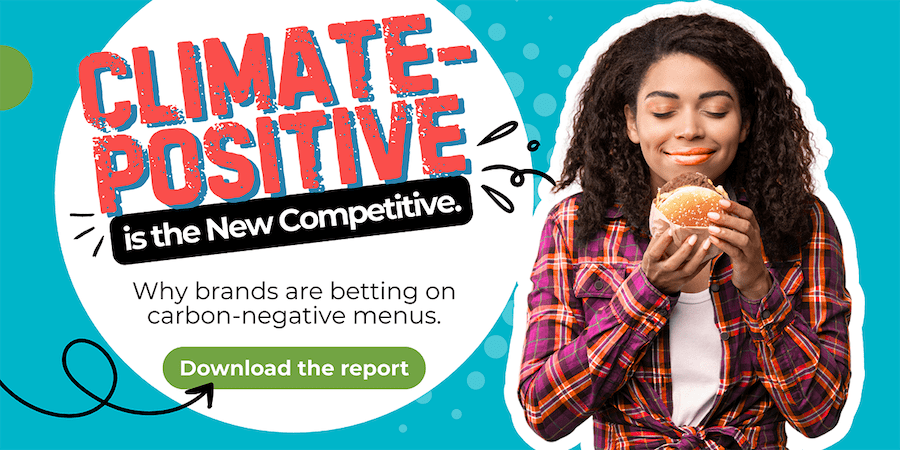

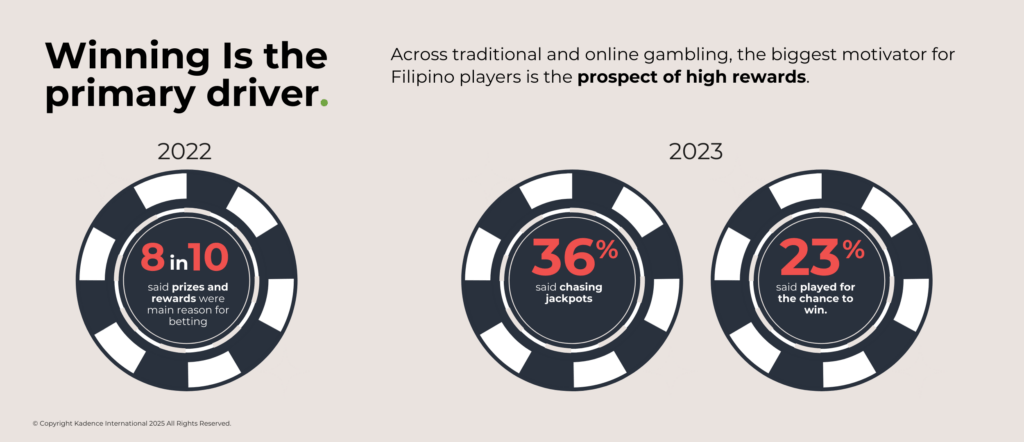
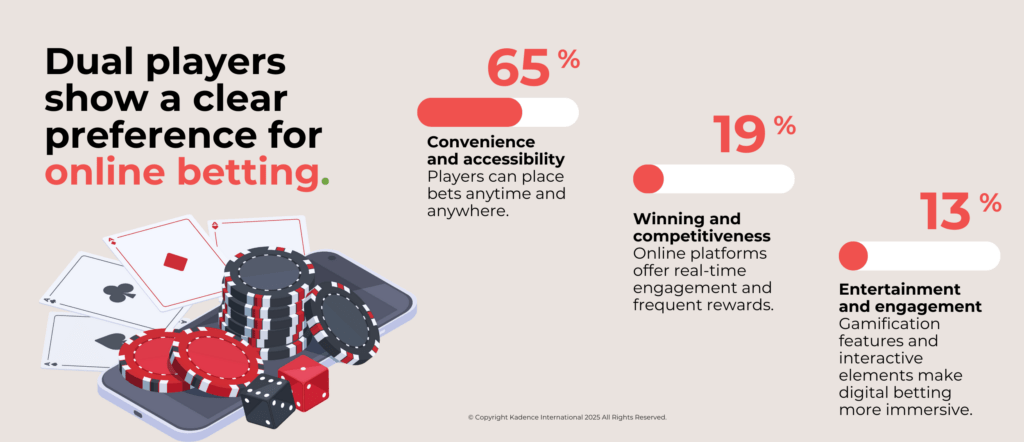
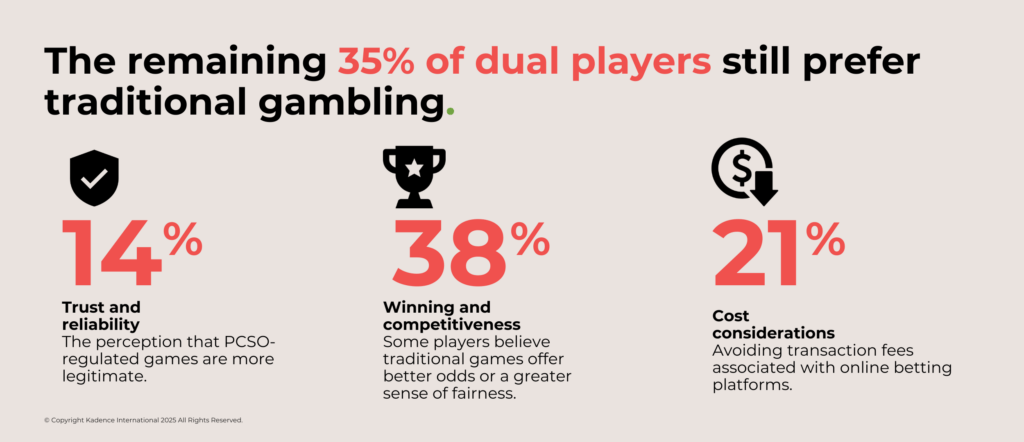
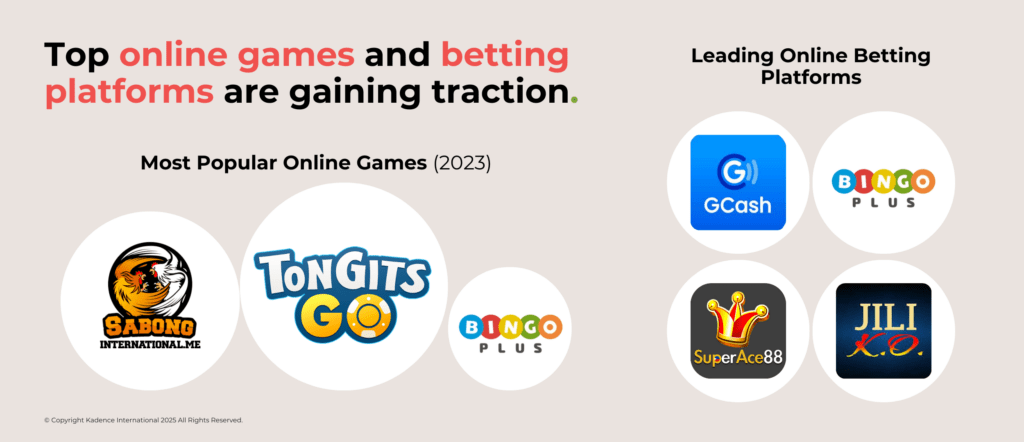


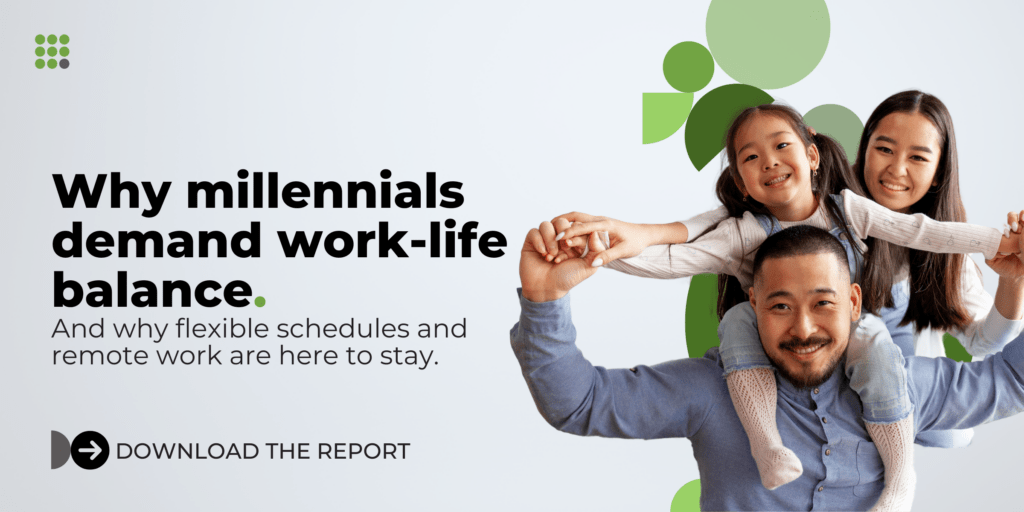

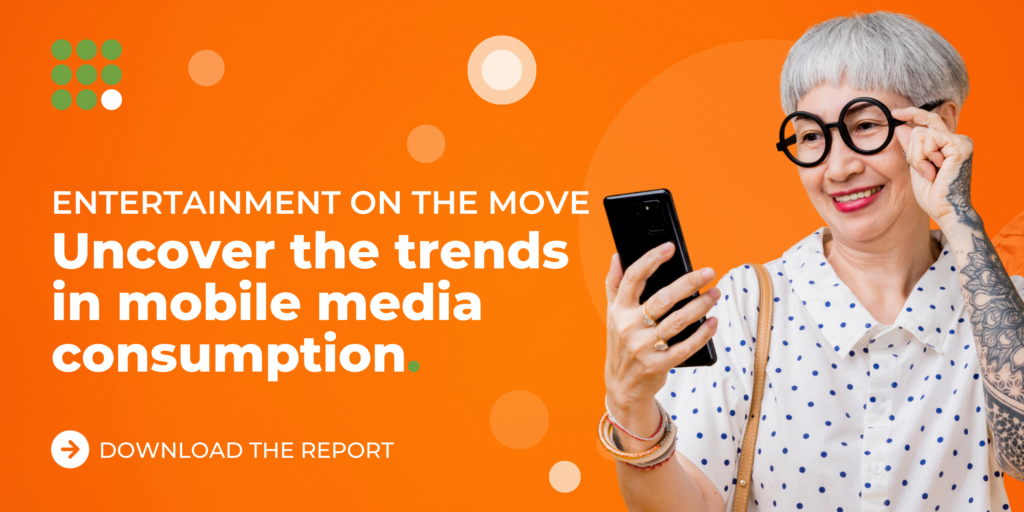

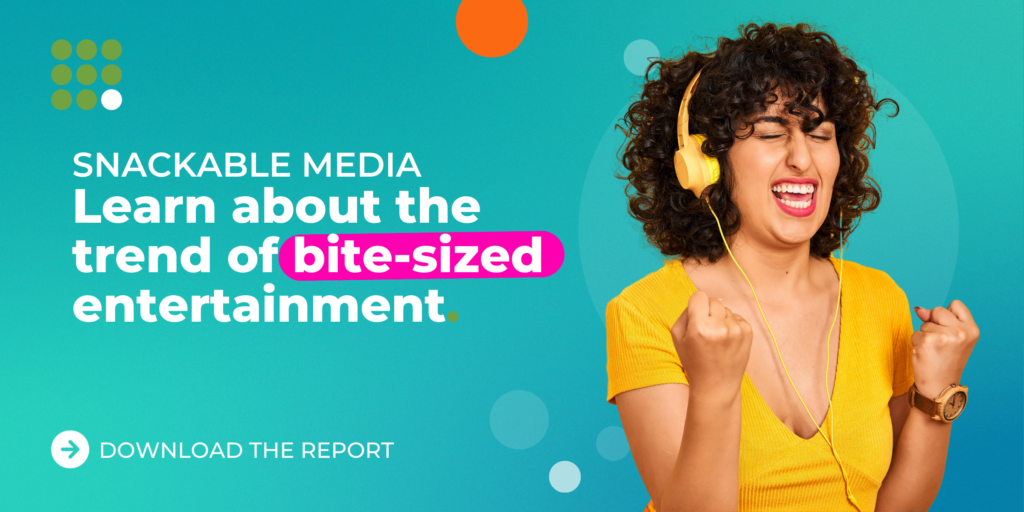

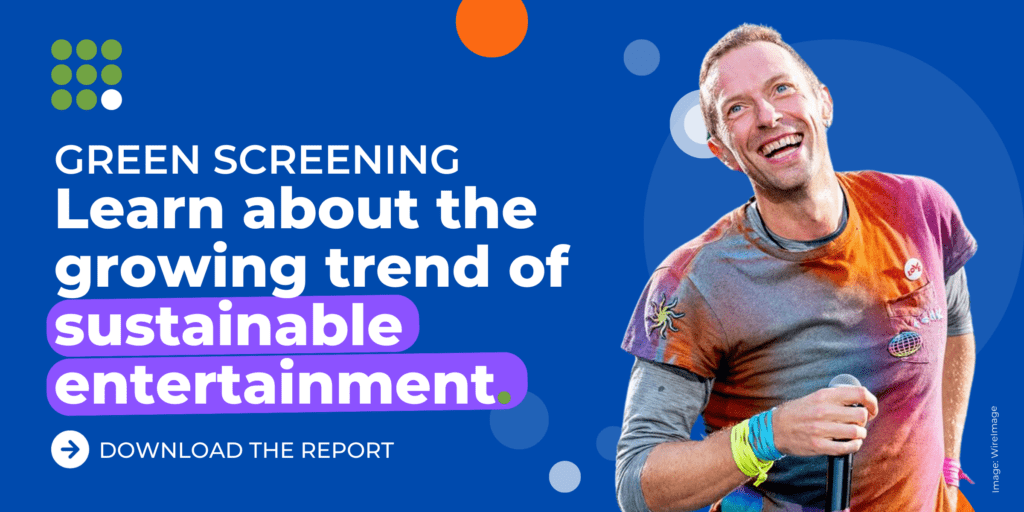



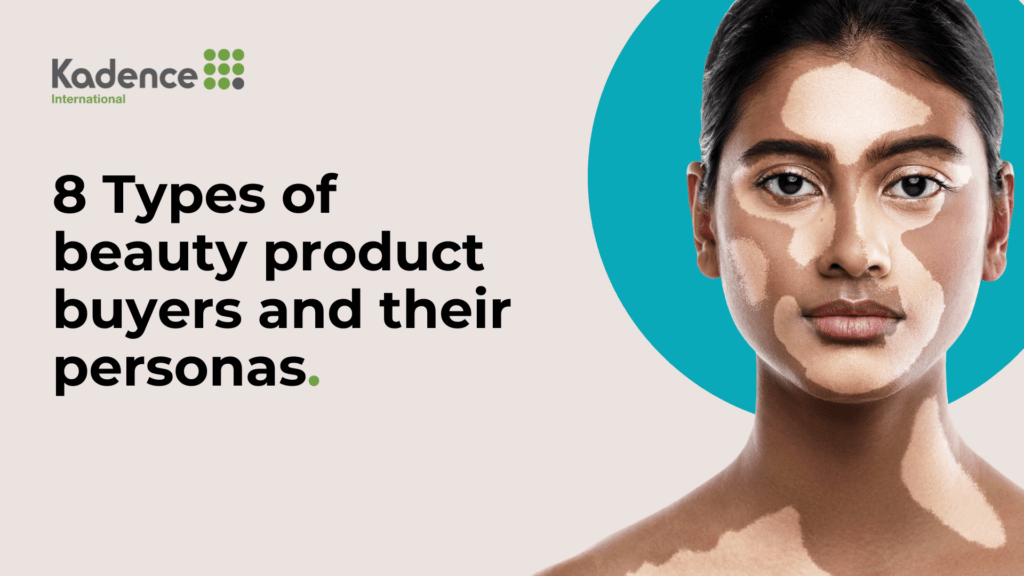


 Senior Marketing Executive
Senior Marketing Executive Sales & Marketing
Sales & Marketing General Manager PR -Internal Communications & Government Affairs
General Manager PR -Internal Communications & Government Affairs Vital Strategies
Vital Strategies
 Customer Intelligence Director
Customer Intelligence Director